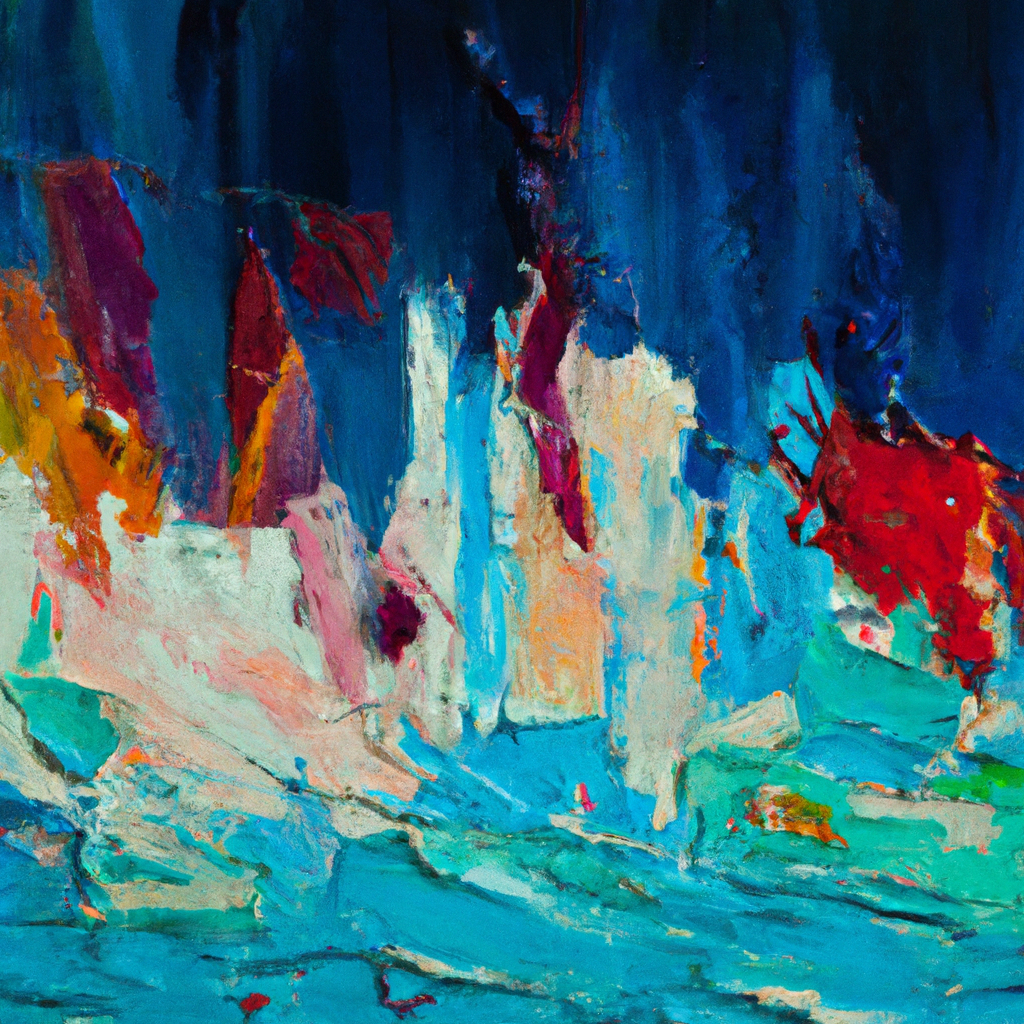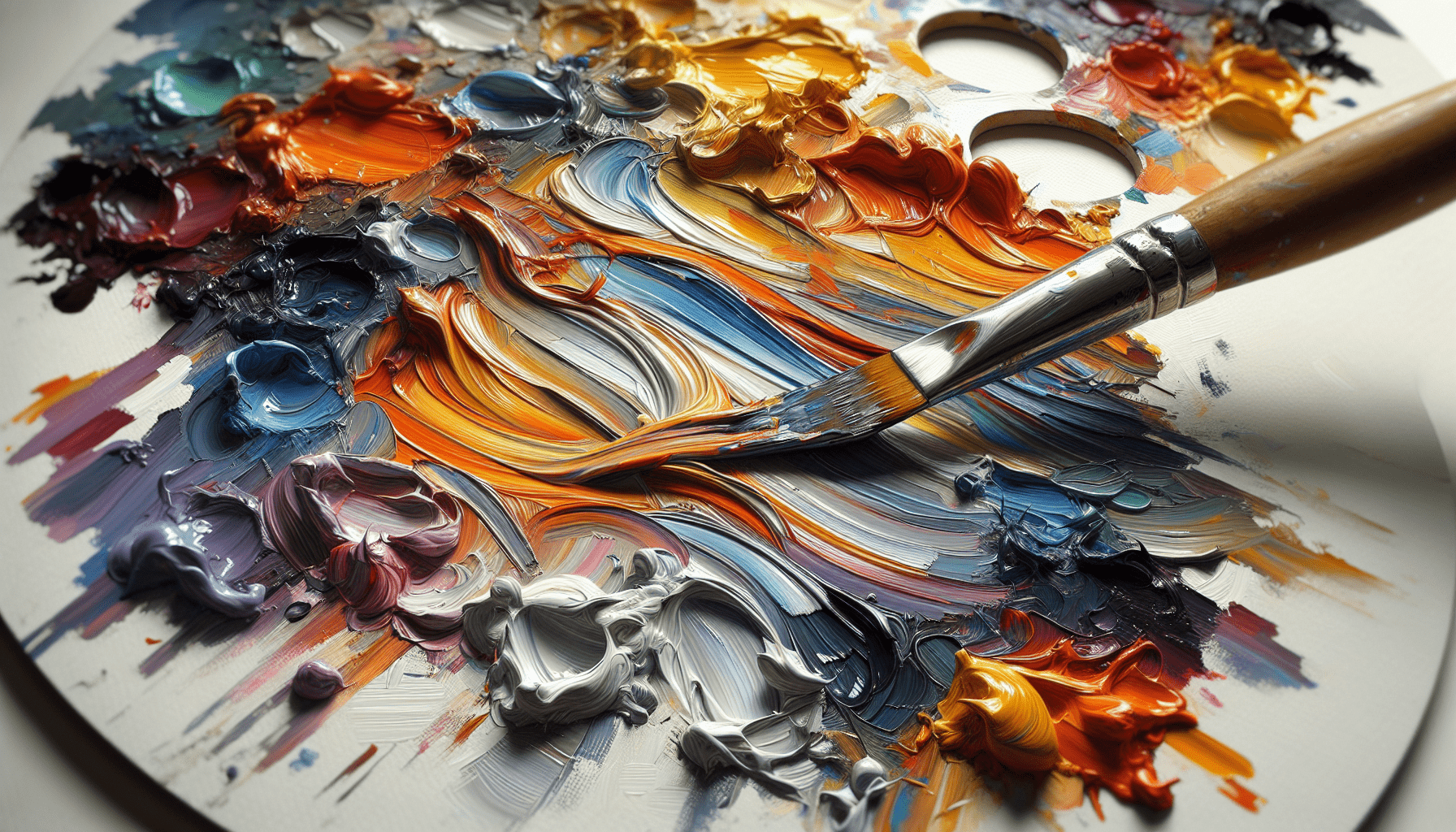When it comes to selecting the ideal paper for working with gouache paint, there are several important considerations to keep in mind. The right paper can greatly enhance your artistic experience and the overall quality of your finished artwork. In this article, we will explore the key factors to consider when choosing paper for gouache painting, including weight, texture, and absorbency. By understanding these factors, you can make an informed decision and create stunning artworks with gouache paint.
Types of Paper for Gouache Paint
When it comes to working with gouache paint, the choice of paper plays a crucial role in the outcome of your artwork. Different types of paper offer varying textures, weights, and sizes, which can greatly impact the application of gouache paint. Understanding the different types of paper available for gouache can help you choose the one that best suits your artistic needs. Here are some common types of paper used with gouache paint:
Watercolor Paper
Watercolor paper is a popular choice for gouache painting due to its ability to withstand water and the natural characteristics of gouache paint. Watercolor paper is available in different weights and textures, providing artists with options to suit their desired effects. The three main textures of watercolor paper are hot press, cold press, and rough.
Hot press watercolor paper has a smoother surface, which allows for fine details and precise brushwork. The lack of texture makes it ideal for intricate gouache paintings and illustrations. Cold press watercolor paper, on the other hand, has a slightly rougher surface that provides some texture and holds more water. This surface texture can create interesting effects when combined with gouache paint. Rough watercolor paper has the most texture, providing a grainy surface that can enhance the appearance of gouache paint.
Mixed Media Paper
Mixed media paper is designed to be versatile, accommodating a wide range of mediums, including gouache paint. It is generally thicker and heavier than watercolor paper, making it suitable for layering and mixed media techniques. The characteristics of mixed media paper vary depending on the brand and specific product, but it is often able to withstand multiple layers of paint and can handle light washes of water without excessive warping or buckling.
The suitability of mixed media paper for gouache paint largely depends on the specific brand and type of paper. Some mixed media papers have a smooth surface that may prevent the paint from being absorbed properly, resulting in a less vibrant and smooth finish. It is important to experiment with different brands and types of mixed media paper to find the one that works best for your preferred gouache techniques.
Bristol Paper
Bristol paper is a heavyweight paper known for its smooth surface and excellent durability. It is commonly used for technical drawings, ink illustrations, and graphic design projects. Bristol paper comes in different weights, with the heavier weights being more suitable for gouache painting due to their ability to handle the opaque nature of the paint.
Advantages of using Bristol paper for gouache painting include its smooth surface, which allows for fine detail work, and its ability to withstand multiple layers of paint without warping. However, one disadvantage of using Bristol paper with gouache is that it can be less absorbent than other types of paper, which may cause the paint to sit on the surface rather than being fully absorbed.
Marker Paper
Marker paper, also known as layout paper, is a lightweight, smooth-surfaced paper designed specifically for markers and pens. It typically has a thin and translucent quality, making it unsuitable for wet media such as watercolors. However, marker paper can be a viable option for gouache paint if you prefer a smoother, more controlled application.
Advantages of using marker paper for gouache include its ability to prevent bleed-through and its smooth surface, which allows for intricate brushwork. However, marker paper may not be able to handle heavy layers of gouache paint or extensive reworking, as it is not as durable or absorbent as other types of paper.
Illustration Board
Illustration board is a sturdier and more rigid alternative to traditional paper. It consists of a thick board with a paper or canvas-like surface, providing a stable surface for various mediums, including gouache paint. Illustration board is available in different weights and finishes, allowing artists to choose the one that best suits their artistic preferences.
The characteristics of illustration board, such as its rigidity and durability, make it well-suited for gouache painting. It can handle multiple layers of paint without buckling and offers a smooth surface for detailed work. However, it is important to note that illustration board may require some preparation before use, such as priming or stretching, to ensure optimal results with gouache paint.
Printmaking Paper
Printmaking paper, designed for various printmaking techniques, can also be suitable for gouache painting. It is typically thicker and more absorbent than regular drawing or watercolor paper, making it capable of handling heavy layers of gouache paint.
There are different types of printmaking paper, such as etching paper, lithography paper, and screen-printing paper. The specific type of printmaking paper you choose will depend on your preferred gouache techniques and desired effects.
Acrylic Paper
Acrylic paper, as the name suggests, is specifically designed for acrylic paint but can also be used with gouache. It is typically heavy and absorbent, allowing it to handle the opacity of gouache.
Advantages of using acrylic paper for gouache painting include its ability to withstand heavy layers of paint and its durability. However, one disadvantage is that acrylic paper may not have the same texture as traditional watercolor paper, which can affect the appearance and behavior of the gouache paint.
Canvas Paper
Canvas paper is a cost-effective alternative to traditional canvas for practicing gouache techniques. It is essentially a heavy paper treated with a surface texture that resembles canvas. Canvas paper offers a convenient option for artists who want to experiment with gouache on a more canvas-like surface without the expense or commitment of using actual canvas.
The suitability of canvas paper for gouache painting depends on its weight, texture, and absorbency. It may not provide the same level of absorbency as traditional watercolor paper, which can affect how the gouache paint interacts with the surface.
Sketchbook Paper
Sketchbook paper is typically lightweight and smooth, designed for quick sketches and drawings. While it may not be the ideal choice for extensive gouache paintings, sketchbook paper can be suitable for small-scale or practice gouache works.
The suitability of sketchbook paper for gouache depends on the specific brand and type of paper, as some may be more absorbent and durable than others. It is recommended to choose sketchbooks with thicker paper and a smooth surface to ensure better results with gouache paint.
Handmade Paper
Handmade paper is crafted using traditional techniques, resulting in unique and textured surfaces. It is often made from natural fibers and can vary greatly in thickness, texture, and absorbency. Handmade paper offers a distinct aesthetic and can add visual interest to gouache paintings.
Advantages of using handmade paper for gouache painting include its unique textures and organic feel. However, handmade paper may not be as durable or consistent as commercially produced papers, which can affect the performance and longevity of the gouache paint.

This image is property of images.unsplash.com.
Factors to Consider
When choosing the best paper for gouache paint, there are several factors to consider. These factors can greatly impact your artistic process and the final appearance of your artwork:
Weight and Thickness
The weight and thickness of the paper are important considerations as they determine the paper’s durability and ability to handle the opacity of gouache paint. Heavier papers with higher GSM (grams per square meter) tend to be sturdier and better suited for extensive layering and heavy applications of gouache.
Texture
The texture of the paper can add visual interest to your gouache paintings. Smooth papers allow for fine detail work, while textured papers can create an interesting interplay between the paint and the surface. It is important to consider the desired effect and choose a paper texture that complements your artistic style.
Sizing
Sizing refers to the surface treatment of the paper, which affects absorbency and paint handling. Papers with more sizing are generally less absorbent and allow for more control over the paint application. However, less sizing can result in more absorbency and a more matte finish. Consider the desired level of control and finish when choosing the sizing of your gouache paper.
Opacity
Gouache paint is known for its high opacity, and the paper’s ability to showcase this opacity is an essential consideration. Some papers may allow the paint to sit on the surface, resulting in a less vibrant and smooth appearance. Look for papers that can fully absorb and showcase the opaque nature of gouache.
Archival Quality
For artists looking to create artworks with longevity, considering the archival quality of the paper is crucial. Archival papers are made from acid-free materials and are less likely to yellow or degrade over time. Choosing archival-quality papers can help preserve the vibrancy and integrity of your gouache paintings.
Price
Price is often a practical consideration when choosing paper for gouache paint. Different types of paper vary in price, with handmade and specialty papers usually being more expensive. Consider your budget and weigh it against the desired quality and characteristics of the paper.
In conclusion, the choice of paper for gouache paint is an important decision that can greatly influence the outcome of your artwork. Watercolor paper, mixed media paper, Bristol paper, marker paper, illustration board, printmaking paper, acrylic paper, canvas paper, sketchbook paper, and handmade paper all offer different qualities and characteristics that can enhance your gouache paintings. By considering factors such as weight and thickness, texture, sizing, opacity, archival quality, and price, you can make an informed decision and choose the best paper for your artistic needs.

This image is property of images.unsplash.com.



